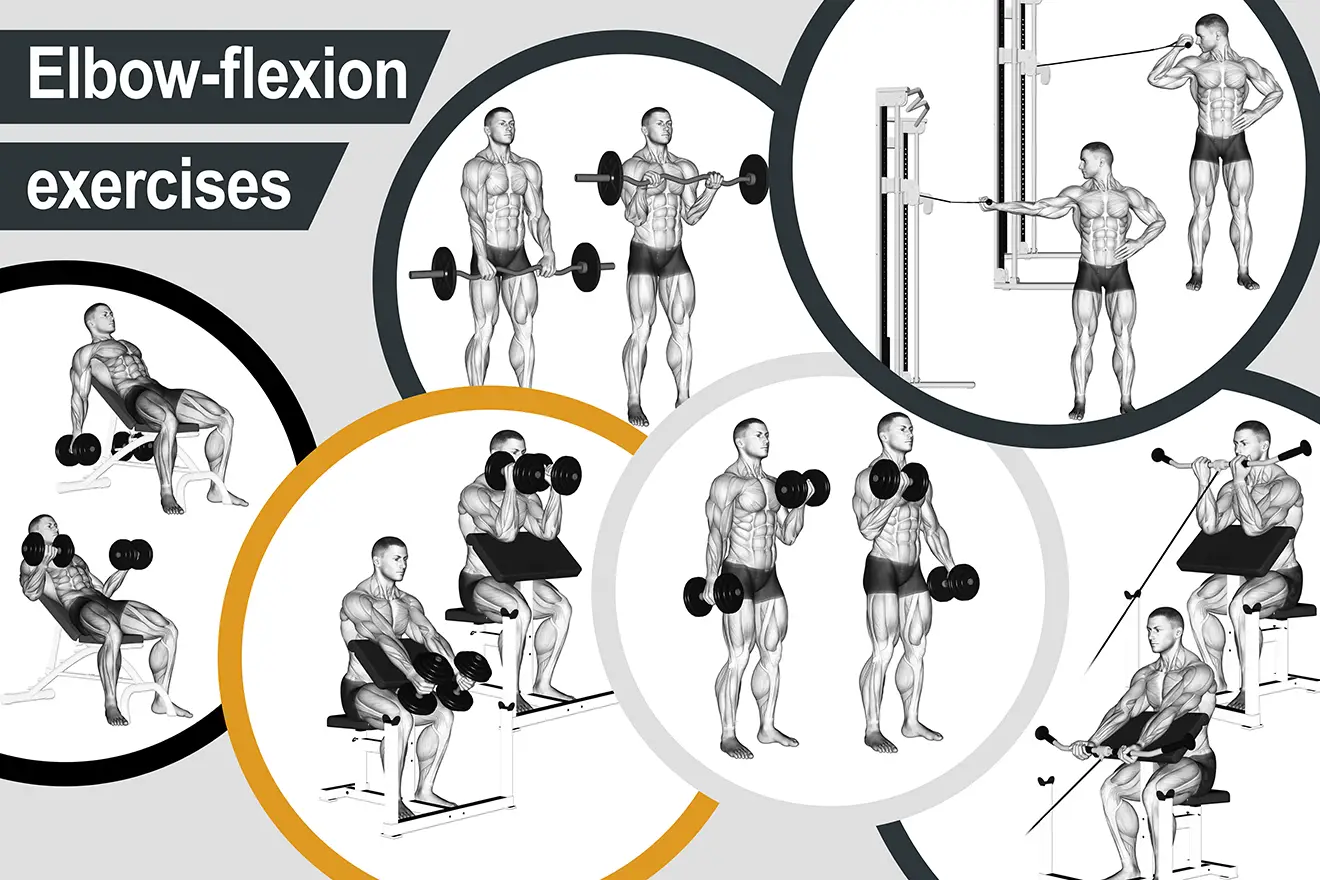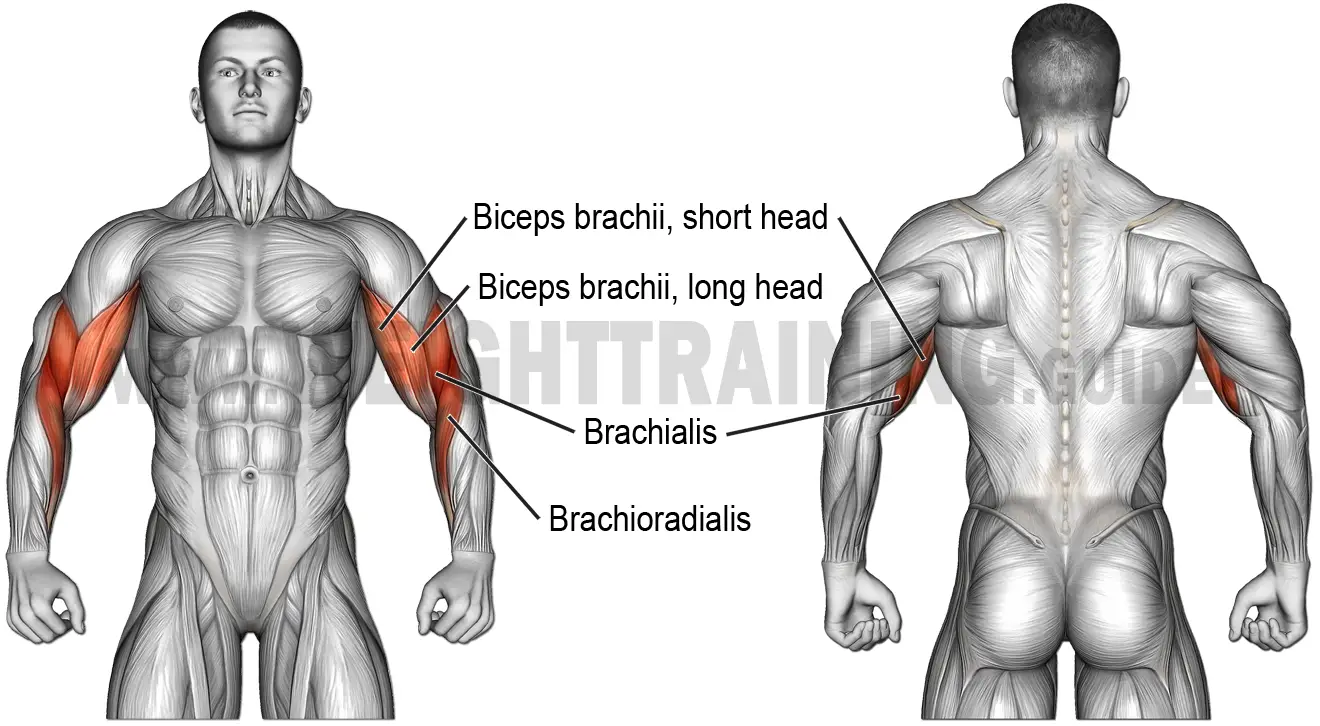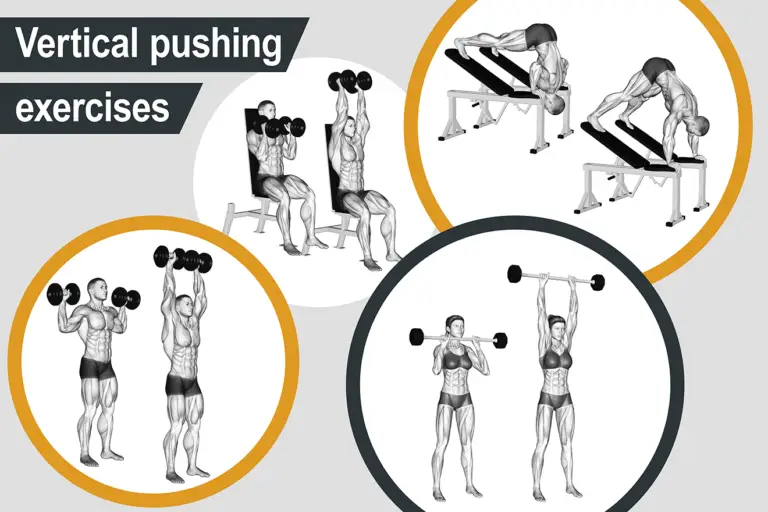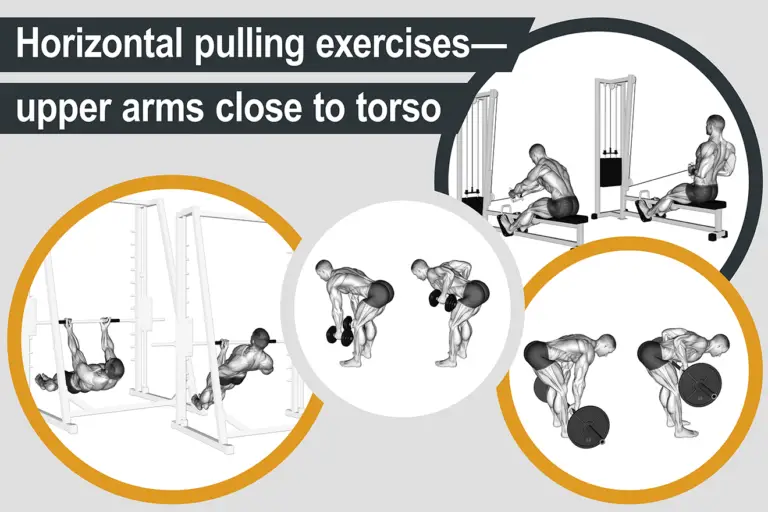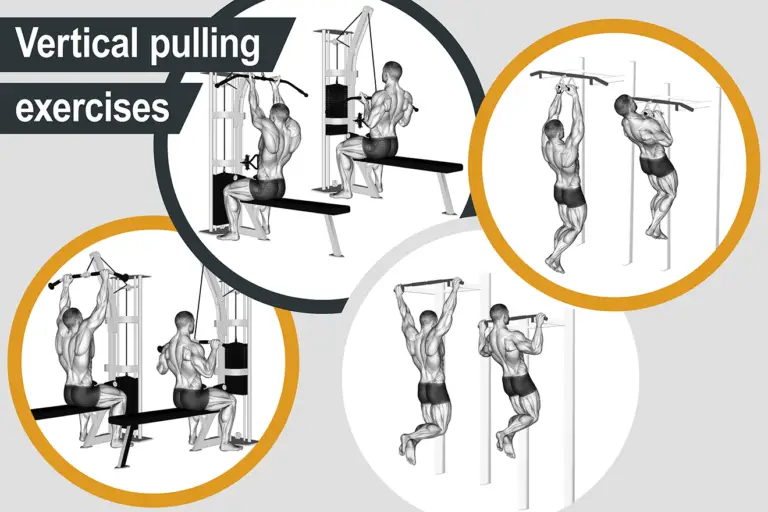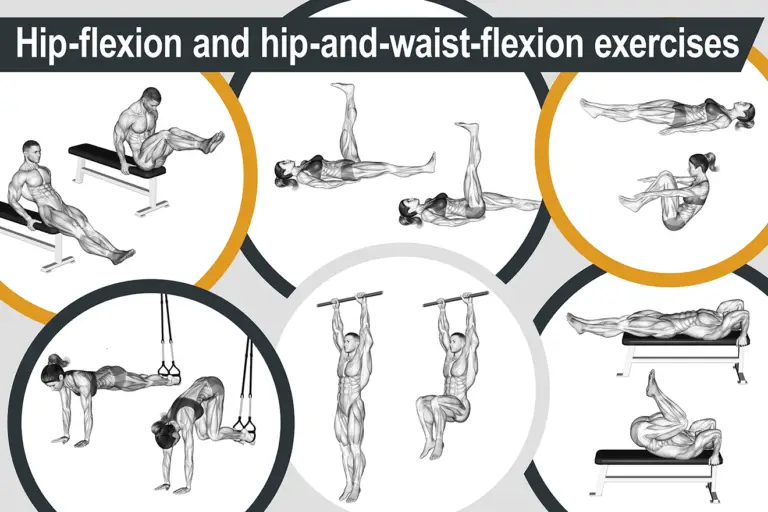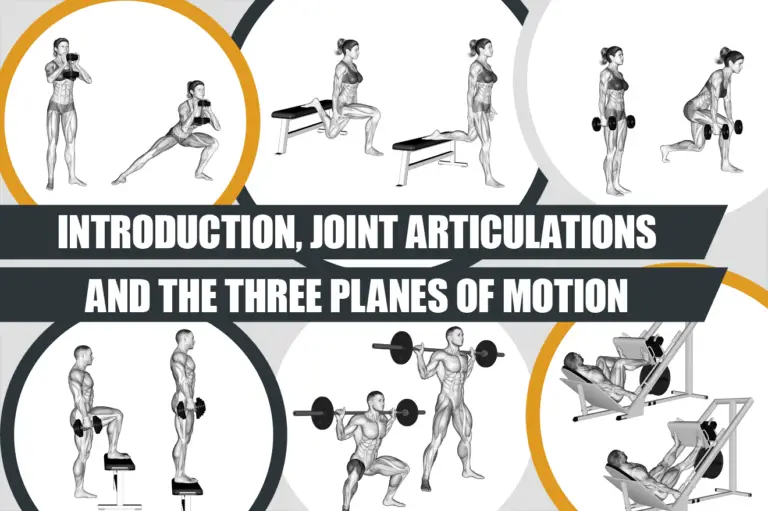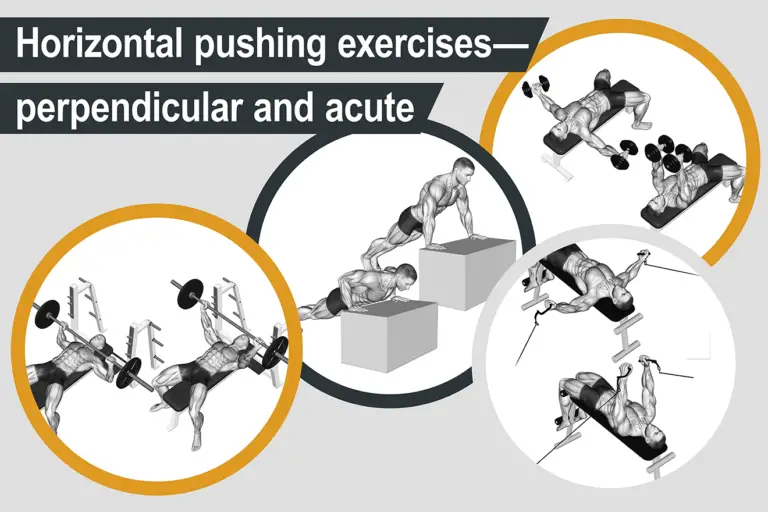Elbow-flexion exercises
Movement patterns and classification
Elbow-flexion exercises (for example, Figure 1) primarily involve flexing your elbow against resistance, with differences between the exercises including where you keep your elbow (either in front of your body, by your side, behind your body, or out to your side) and which type of grip you use (either a supinated, neutral, or pronated grip). In addition to elbow flexion, some exercises incorporate simultaneous forearm supination (for example, the alternating dumbbell curl and the incline dumbbell curl; Figure 1, A and E, respectively). All elbow-flexion exercises are usually classified as isolation, even if they incorporate simultaneous forearm supination.
Figure 1. Examples of elbow-flexion exercises. A. alternating dumbbell curl; B. preacher cable curl; C. reverse EZ bar curl; D. preacher hammer dumbbell curl; E. incline dumbbell curl; F. one-arm overhead/high cable curl.
Muscle activation
All elbow-flexion exercises activate your elbow flexors, which are your biceps brachii, brachialis, and brachioradialis (Figure 2). Whether your biceps brachii, brachialis, or brachioradialis is the target muscle depends on the position of your elbow and whether you use a supinated, neutral, or pronated grip. Table 1 summarizes what you need to know.
Figure 2. Main muscles activated by elbow-flexion exercises. Either one of the three muscles (the biceps brachii, brachialis, or brachioradialis) can be the target muscle depending on elbow position and grip type. See Table 1.
| Elbow position | Grip type | Target muscle |
|---|---|---|
| Behind your body | Supinated | Biceps brachii |
| By your side | Supinated | Biceps brachii |
| In front of your body | Supinated | Brachialis |
| Out to your side | Supinated | Brachialis |
| Any | Neutral or pronated | Brachioradialis |
Table 1. The target muscle of different elbow-flexion exercises depending on elbow position and grip type.
As illustrated in Figure 2, your biceps brachii has two heads: long (outer) and short (inner). The long head makes up the peak of your biceps brachii, whereas the short head contributes to the width. Therefore, you can increase the peak of your biceps brachii by developing the long head and you can increase the width by developing the short head.
Generally speaking, when you perform an elbow-flexion exercise, the narrower your grip is and the closer your elbow is to your side, the more the long head will be activated relative to the short head, whereas the wider your grip is and the farther your elbow is out to your side, the more the short head will be activated relative to the long head.
Another way in which you can build the peak of your biceps brachii is to perform exercises that target and build your brachialis. Most of your brachialis sits under your biceps brachii, so developing your brachialis will elevate your biceps brachii.

